GUJARAT TECHNOLOGICAL UNIVERSITY, AHMADABAD, GUJARAT
DIPLOMA ELECTRICAL ENGINEERING
COURSE TITLE: ELECTRIC TRACTION AND CONTROL
(Course Code: 3350907)
5th Semester
The country is leading towards the railway electrification and also moving towards metro, monorail system. The diploma student is required to know about the electric traction scheme and its latest trends. This subject is offered as one of the elective, highlighting the current and future trends in traction systems, auxiliary equipment, electric locomotives, control of traction motors and future-trends. The Diploma pass student with this elective will be able to maintain the traction systems, auxiliary equipment, electric locomotives and traction motors.
The course content should be taught and implemented with the aim to develop different types of skills so that students are able to acquire following competency:
- Maintain traction systems, auxiliary equipment, electric locomotives and traction motors.
The theory should be taught and practical should be undertaken in such a manner that students are able to acquire different learning outcomes in cognitive, psychomotor and affective domains to demonstrate the following course outcomes:
i. Distinguish different traction systems and latest trends in traction systems.
ii. Differentiate services of traction system based on speed time curve.
iii. Control different types of traction motors
iv. Use various traction system auxiliaries.
v. Explain the distribution system of a traction system.
i. www.irieen.com (Indian Railways Institute of Electrical Engineering, Nasik Road)
ii. www.wr.railnet.gov.in/bctweb/ELECTRICAL.htm
iii. www.scrailway.gov.in
Study Material
Here you will get official GTU Syllabus, Question Bank, Old GTU exam papers, PPT’s and Lecture Notes.
Teaching Scheme
Lecture
Tutorial
Practical
Credit
Examination Scheme
Theory (ESE)
Theory (PA)
Practical (ESE)
Practical (PA)
Total Marks
Video Lectures
Blog
Significance of D.C. series motor as a traction motor
D.C. series motors are commonly used as traction motors in electric vehicles, locomotives and trams because of their high starting torque and simple control characteristics. High Starting Torque: The series connection of the armature and field winding in a D.C. series...
Main features of Ahmedabad Metro Train
The Ahmedabad Metro train project is a rapid transit system in the city of Ahmedabad, Gujarat, India. The project is being implemented by the Gujarat Metro Rail Corporation Limited (GMRC) and will consist of two corridors: North-South corridor: This corridor...
Parts of Electrical Drives
TheoryThe block diagram of electrical drive which shows the basic circuit design and components of a drive also shows that, drives have some fixed parts such as, load, motor, power modulator, control unit and source. This equipment is termed as parts of drive system....
Introduction of Electrical Drive
TheoryINTRODUCTION: Whenever the term electric motor or generator is used, we tend to think that the speed of rotation of these machines is totally controlled only by the applied voltage and frequency of the source current. But the speed of rotation of an electrical...
Working principle of Monorail and Metro system of traction
The working principle of monorail and metro systems of traction can be explained as follows: Power Supply: Monorail and metro systems are powered by electricity. The trains pick up electric power from an overhead power line (in case of monorail) or a third rail (in...
Types of Traction System
This System become classified in two ways:(1) Non – Electrical Traction: In non electrical traction system electric energy is not used at any stage for its propulsion.(In Short in this system does not use electricity.) Steam engine drive I.C. engine drive (2)...
Classification of Electrical Drives
TheoryThe classification of electrical drives can be done depending upon the various components of the drive system. Now According to the design, the drives can be classified into three types: 1. Single-motor drive: In individual drive a single electric motor is used...
What is the importance of dead man handle in train?
Trains are a crucial mode of transportation, carrying millions of passengers and tons of cargo every day. However, they are also complex and heavy machines that pose significant risks if not operated properly. To mitigate these risks, trains are equipped with a...
Requirements of Ideal Traction System
Following are Requirements of Ideal Traction System: A Traction should have high starting torque or effort so that high rate of acceleration is obtained. Traction should be as compact in size as possible. The traction system should have large over load capacity for...
Choice of Electrical Drives
TheoryChoice of an electrical drive depends on a number of factors. Some of the important factors are: 1. Steady state operation requirements: Nature of speed torque characteristics, speed regulation, speed range, efficiency, duty cycle, quadrants of operation, speed...
Examples
Quiz
A Train is required to run between two stations 1.6 km apart at an average speed of 40 km/hr. The run is to be made to a simplified quadrilateral speed-time curve. If the max speed is to be limited to 64 kmph, acceleration to 2 kmphps, and coasting and braking retardation to 0.16 kmphps and 3.2 kmphps respectively. Determine the duration of acceleration, coasting, and braking periods.

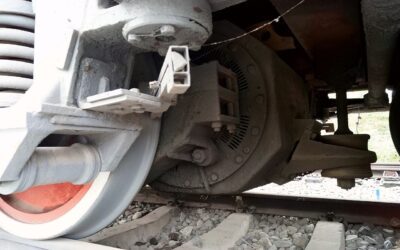
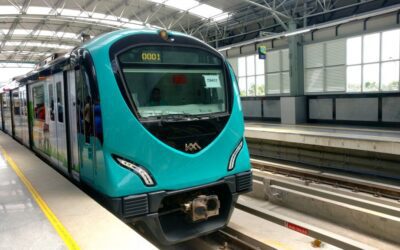
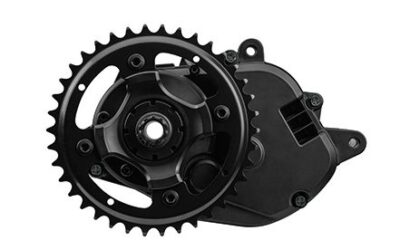
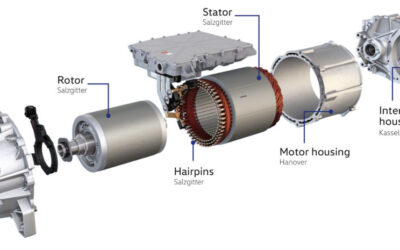
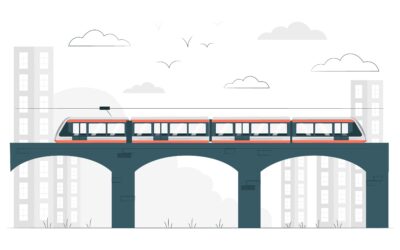
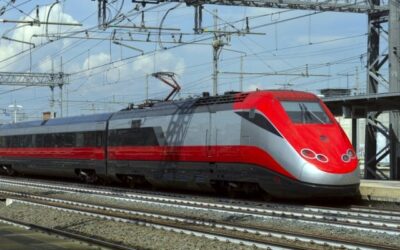
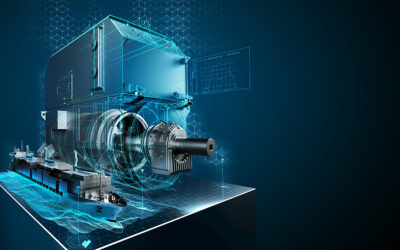
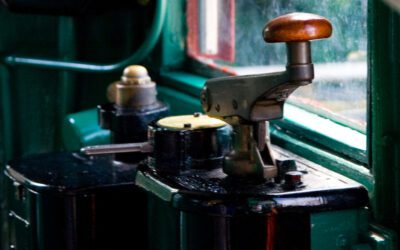
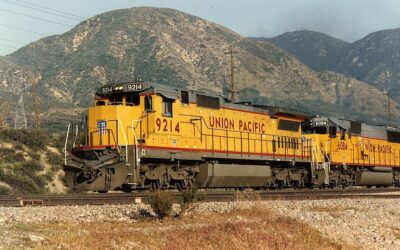
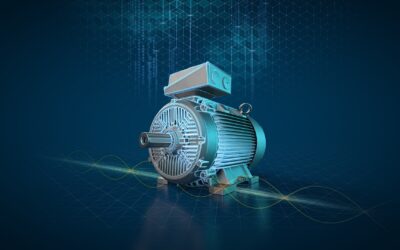
0 Comments